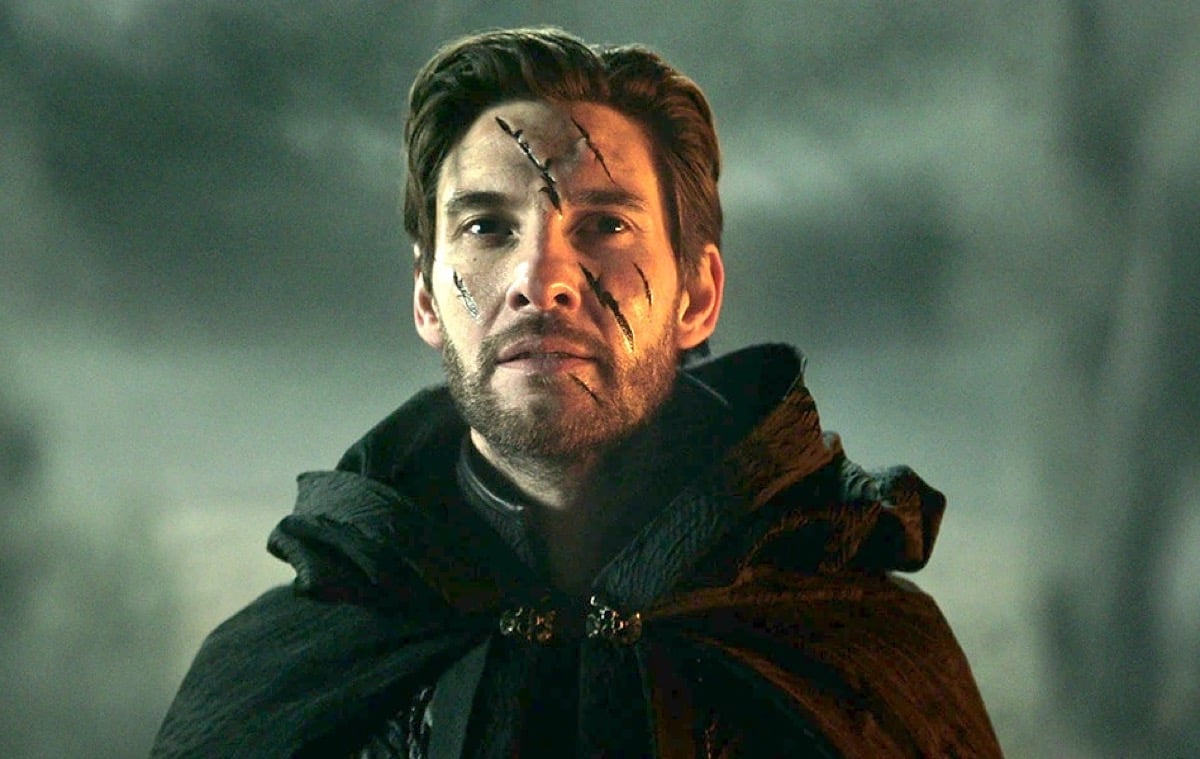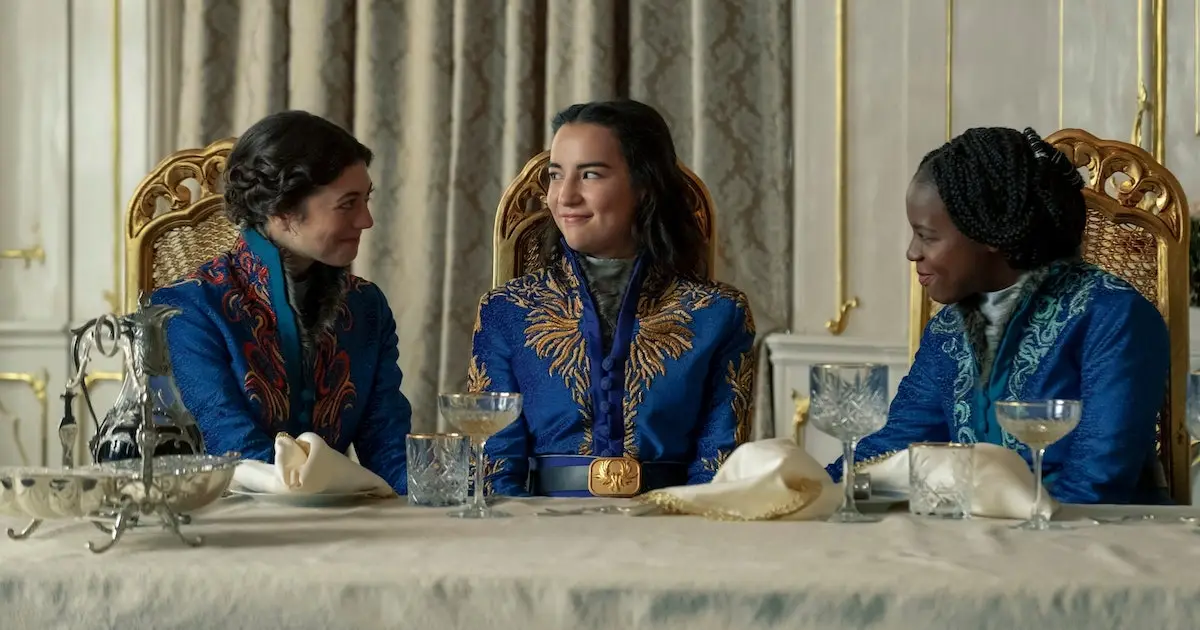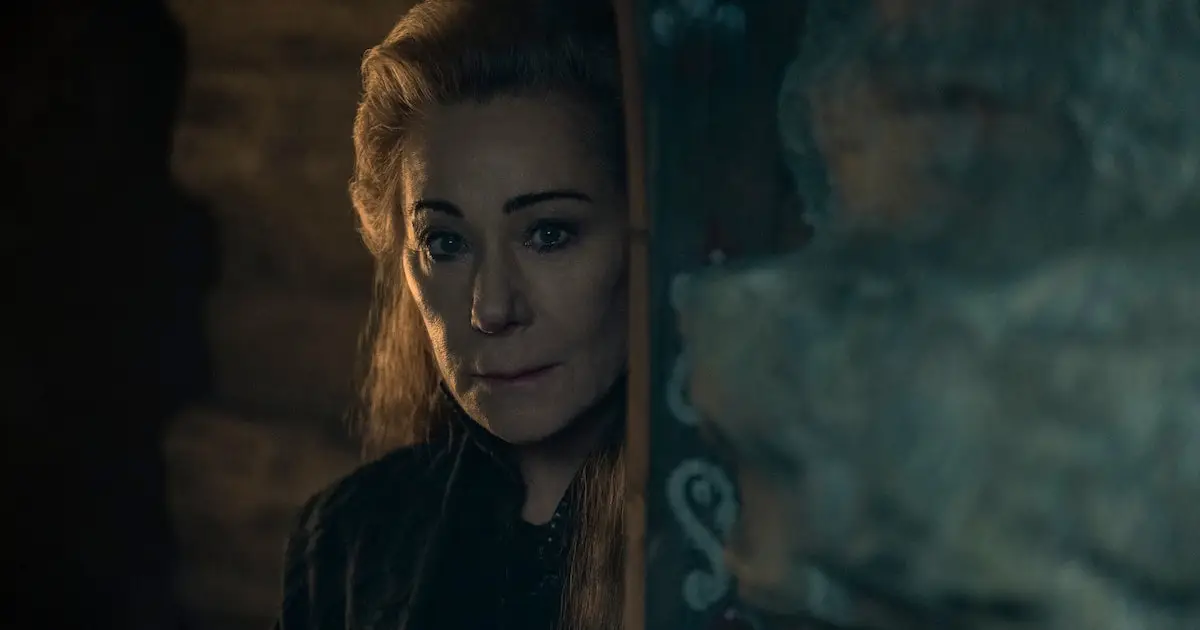A Deep Dive Into ‘Shadow and Bone’s Fascinating Grisha Theory
Give me all the magic system theories please!

Season 2 of Shadow and Bone dropped on March 16 on Netflix, bringing us all back to the world of the Grishaverse and its characters—in particular, Alina Starkov (played by Jessie Mei Li) and her quest to destroy both the Shadow Fold that splits her country in two and its creator, Ben Barnes’ the Darkling.
One of the most unique features of the world created by author Leigh Bardugo is undoubtedly its magic system, of which users are dubbed Grisha, for whom the entire saga is named.
Actually, calling it a “magic system” is only half-right. In-universe, Grisha powers aren’t considered otherworldly and mysterious but actually a manifestation of something called the Small Science—the art of manipulating matter in its most basilar form. The theory behind the Small Science comes up time and time again throughout the seven main novels of the Grishaverse, and it’s all incredibly fascinating. Clearly, the showrunners of Shadow and Bone believe this theory, as well.
This article contains spoilers for the second season of Shadow and Bone as well as minor spoilers for the entire Grishaverse book series.
The eight new episodes of season 2 expand more on the foundations of Grisha theory that were laid in the first season, following Alina as she learns more about her abilities and those of her fellow Grisha. One concept, in particular, is mentioned over and over: that of merzost, which helped the Darkling create the Shadow Fold and the now-shadow monsters that follow his every step, the nichevo’ya.
Just because it’s fictional, it doesn’t mean that Grisha theory doesn’t require some focus and concentration—and that’s what makes it an incredible piece of worldbuilding. So let’s take a moment to review some of the key elements so that we are all up to date with the beloved characters on our screen.
The making at the heart of the world
As opposed to otkazat’sya, a Ravkan word which translates to “abandoned,” or “orphan,” and indicates those without powers, Grisha are people born with the ability to manipulate matter and are therefore able to learn the Small Science. They can be found all over the world, but we first see them through the eyes of Alina, who’s Ravkan, and hers is the classification that we become most familiar with: Grisha are separated into different orders based on what they have power over—metals, fire, light, or even other human bodies.
The point is that all Grisha can break matter down into its most infinitesimal parts—author Leigh Bardugo has described it as something similar to molecular science—and change it, while still following the ancestral rules of “the making at the heart of the world,” meaning that nothing can be created out of nothing. Grisha do not see themselves as superior to nature but as extensions of it, capable of manipulating it according to their needs but never twisting it completely.

This idea is reflected in two terms that Alina immediately encounters when she begins studying Grisha theory upon her arrival at the Little Palace: Odinakovost, which translates to “thisness,” indicates the essence that all things share—Grisha included. Grisha theory pairs it with etovost, or “thatness,” the qualities that make a thing unique. Grisha can command etovost, unlike otkazat’sya, and that’s why they are capable of manipulating matter.
The ideas of odinakovost and etovost are also what feed a fundamental Grisha principle repeated throughout both the books and the TV series: like calls to like. Some quality in the Grisha makes them unique, giving them an affinity for a certain kind of matter, and so they are attracted to things that share that same uniqueness. It’s what makes the bond between Alina and the Darkling—two extremely rare types of Summoners, both equals and mirrors simultaneously—so strong, something that he tells her as they chase each other in visions and nightmares.
So what exactly is merzost?
The Small Science is defined as a science in-universe precisely because it abides by physical laws, as do all other things in nature. It appears as magic. but it’s actually precise and deliberate; not all-powerful, but rather full of limitations that respect “the making at the heart of the world.” To go against it is merzost—a word that Leigh Bardugo lifted from the Russian language and which means “abomination.”
Merzost is a corruption of “the making at the heart of the world,” the power of life over death that creates matter out of nothing rather than manipulating existing matter. Performing merzost inevitably drains something from the person doing it, requiring a sacrifice that can’t be foreseen, but also can’t be left unpaid.
The Darkling used merzost to create the Shadow Fold, for example, and the price was the creation of the volcra, the monsters that inhabit it and that were once the people who lived in the lands that turned into the Unsea. The Darkling never included them in his plan, and they’re actually what stopped him from using the Fold as the weapon he intended—exactly the kind of retaliation that will always come with using merzost.

“What is infinite? The universe and the greed of men”
The phrase “What is infinite? The universe and the greed of men” is another pillar upon which the entire premise of the Grishaverse is built—and Alina’s story, especially. We’ve established by now that the Small Science grants its users incredible power over matter, but that it comes with strict laws which are meant to be respected at all times.
And yet, greed is very much part of human nature. For as long as they’ve existed, Grisha have searched for a way to expand their powers and become stronger—and that’s where amplifiers come in.

Amplifiers are usually remains of an animal—bones, teeth, or scales—that do exactly what their name suggests. Human amplifiers like the Darkling or Baghra exist, but they’re rare. The animal’s power can be harnessed only by the Grisha who has killed it, and that Grisha wears the amplifier for the rest of their life, and only that one—this is another important tenet of Grisha theory which aims at keeping all things balanced, once again respecting “the making at the heart of the world.”
Still, “what is infinite?” This is something that Alina struggles with as she embarks on her quest to find Morozova’s other two amplifiers after having been bonded with the stag—and that, too, is a form of merzost that has consequences for her. After all, we saw the Cut she wielded in the final moments of the season 2 finale, and it was most definitely not made of light.
(featured image: Netflix)
Have a tip we should know? [email protected]